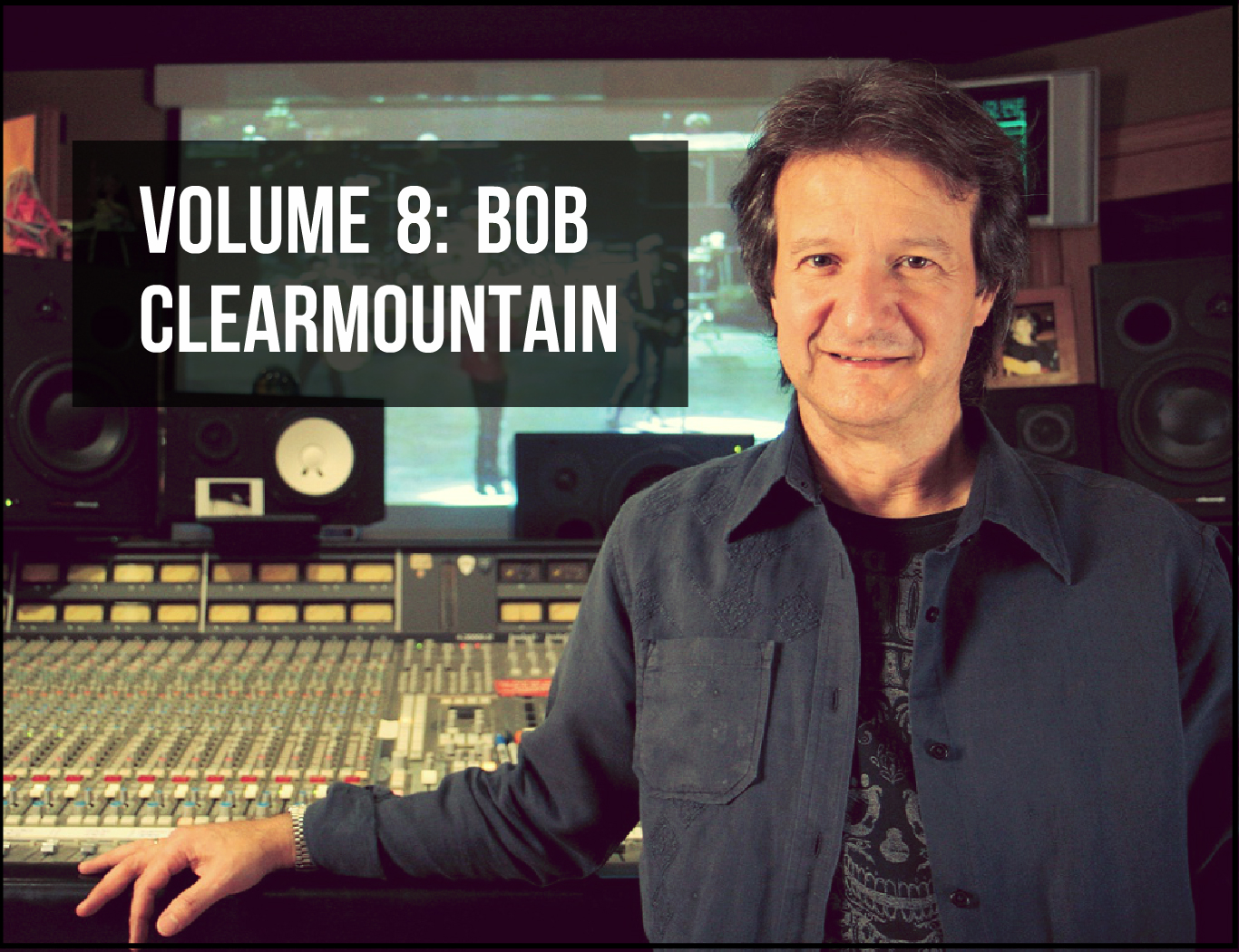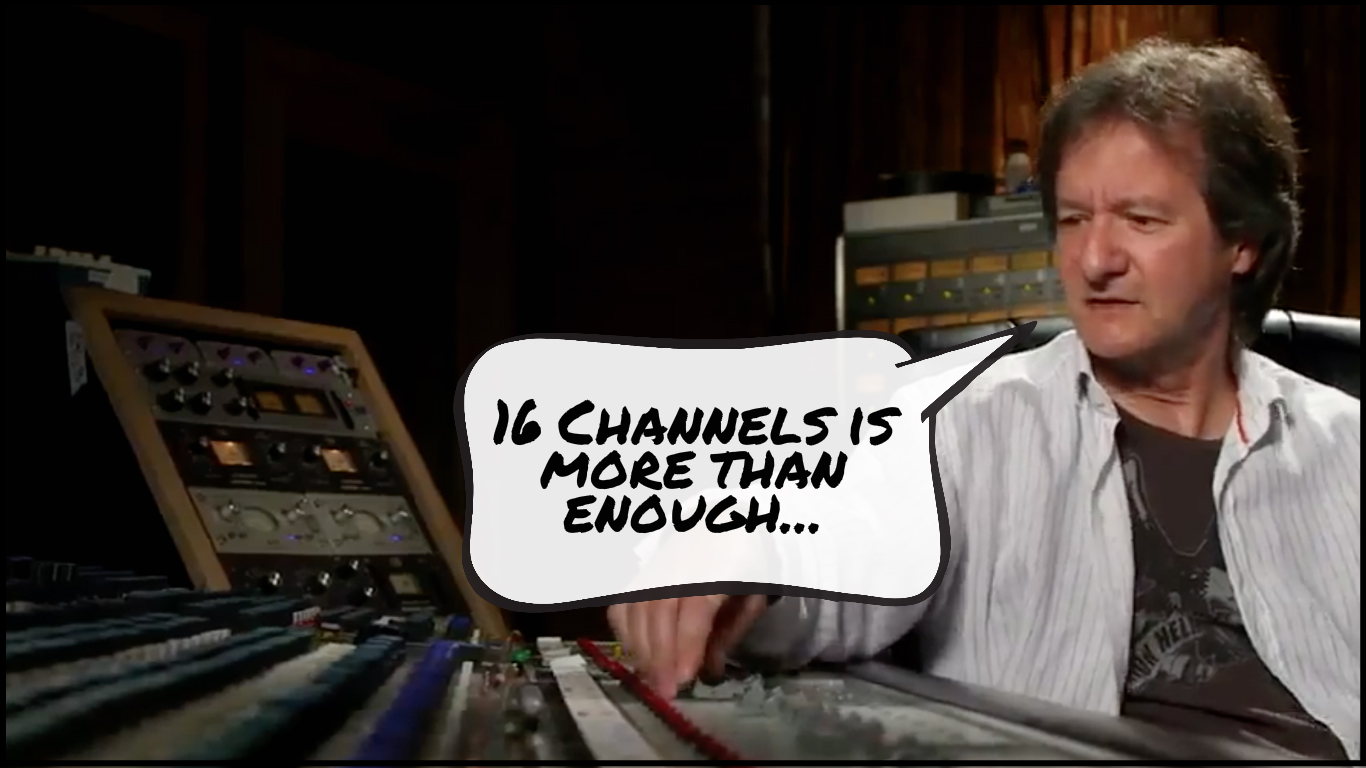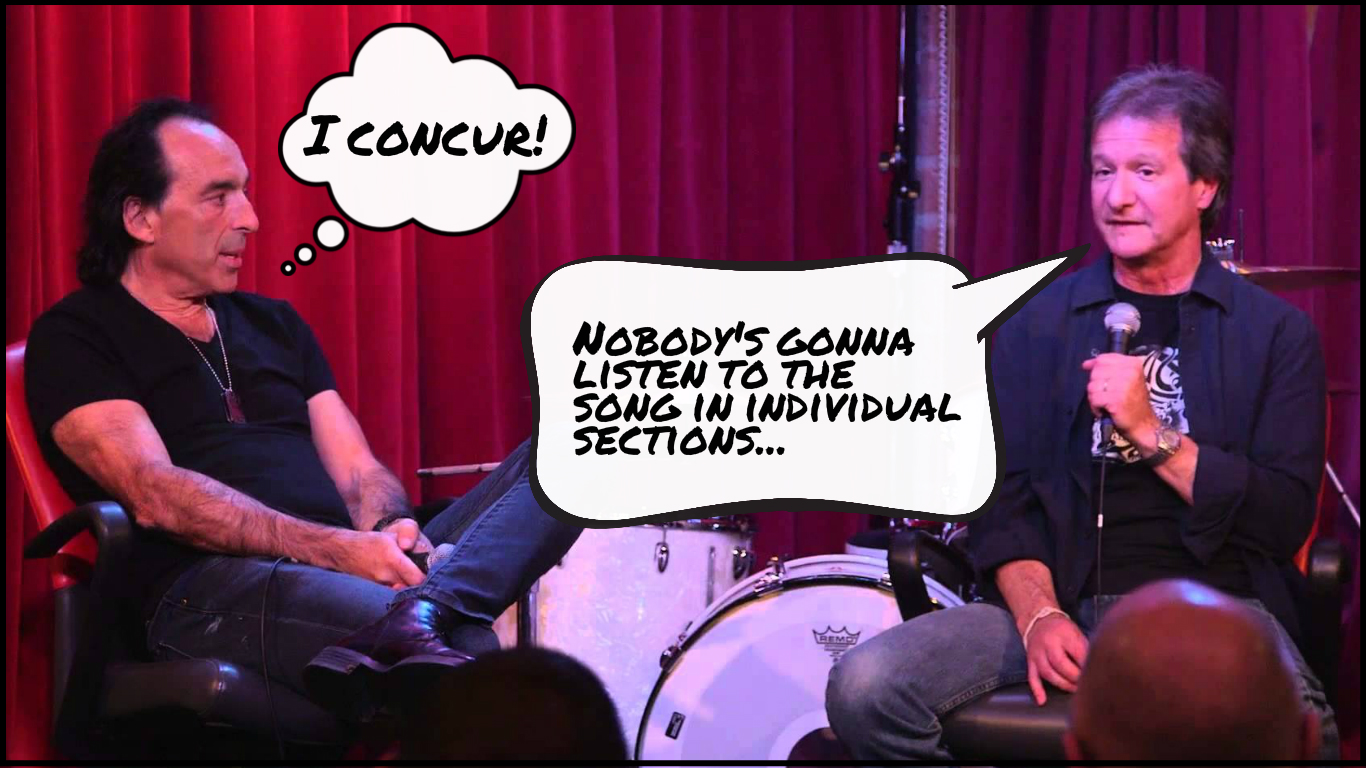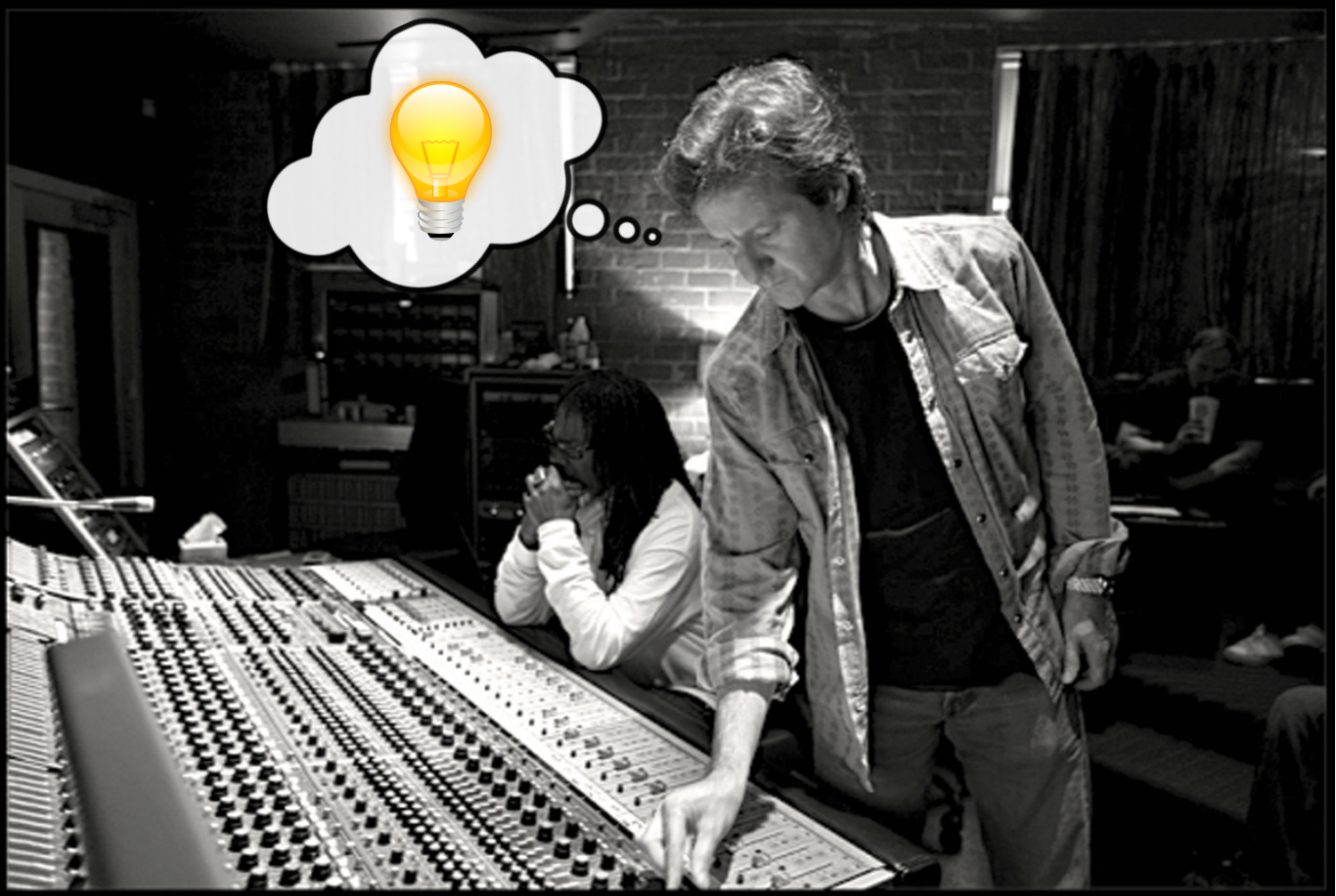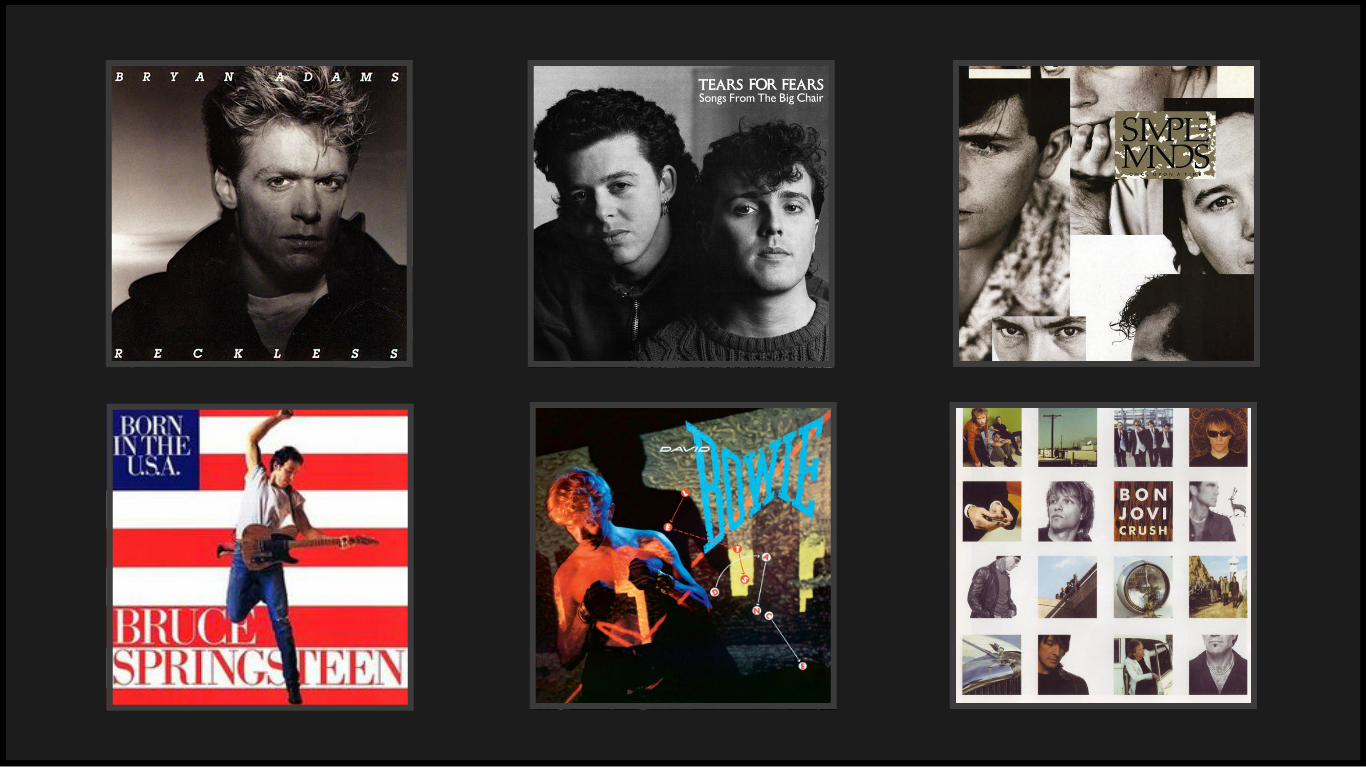| By Thomas Brett |
Introduction:
Having an efficient studio workflow is an extremely important factor when it comes to creating a viable business out of music production.
One of the biggest mistakes engineers tend to make when starting out is having to re-do tasks based on the fact that they screwed them up the first time, or simply didn’t take the necessary precautions to allow for a backup solution.
Thankfully, digital recording technology has produced some amazing tools which allow us to achieve maximum flexibility in the studio without having to start from scratch in order to change the core tonal characteristics of our raw recordings every time we want to change something.
In this ongoing series, I’ll be talking you through the amazing capabilities of 5 pieces of studio gear I rely on heavily in my productions in order to get great results fast.
This week, we’re taking a look at the numerous advantages to using E-Kits & Drum Samples in the studio over the more traditional “Acoustic Drums in a room” approach:
Part 1: E-Kits & Drum Samples
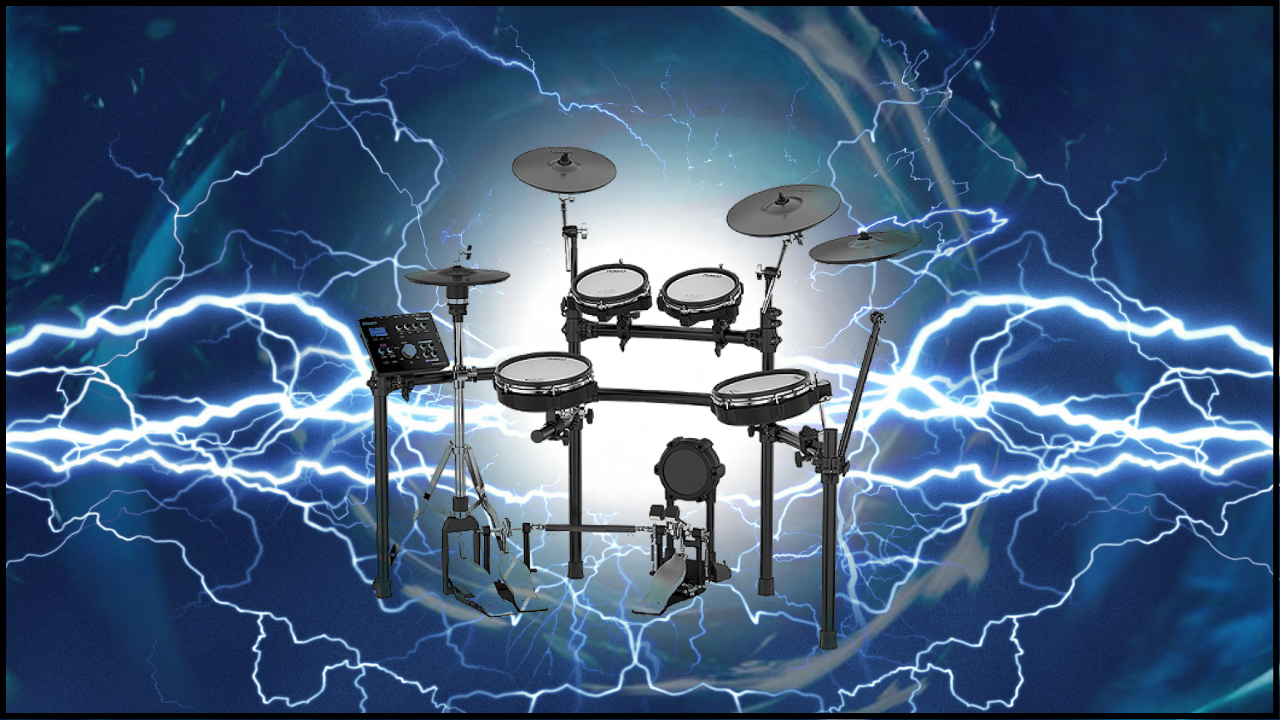
E-drums… you’re kidding right?
NOPE! As a drummer myself, I’ve gotta say: E-drums are an incredible tool for drum recording purposes!
Before you start ranting – By no means am I saying that E-drums are better than acoustic drums! I’m simply saying that for my tastes, they allow for a much more flexible and time-efficient drum recording workflow compared to acoustic drums!
This being said, here are a few of my favourite workflow benefits to using E-drums while recording in the studio:
Disclaimer: It’s important to note that not all e-kits are created equally… As somebody who’s owned high-end Roland kits such as the TD30K-SE and TD25-KV, as well as cheaper sub-$1000 “starter kits” in the past, I can tell you that the drumming experience varies greatly depending on the quality of triggering and dynamic realism each kit has to offer.
- No microphones required: Before you even think about recording an acoustic kit, you’re gonna need a few thousand $ worth of microphones and preamps to set up in the first place. Not only that, but it can take years to master the art of drum microphone placement in a way that minimises bleed and destructive phase-interactions between mics. With E-drums, you’re simply capturing a midi-performance and triggering pre-recorded drums that have been captured to perfection by seasoned professionals. Just sayin…
- The Room Acoustics Are Irrelevant: Fact: You need a good room if you want to capture a great drum sound. In the case of E-drums, you’re simply emulating professionally captured, A-grade recording spaces from across the globe without having to worry about the recording environment screwing up your drum sound.
- No Tuning or Drum-Skin Replacement: Much like stringed instruments, drums need to be tuned and maintained regularly in order to produce ideal results. Not only is drum tuning a fairly difficult skill to master, but changing your drum skins on a per-album or ideally per-song basis can cost a real arm and a leg.
- I personally know that I’ll never be able to pull-off the kind of drum tones that Nolly (from Periphery) whips up. But… I can trigger his GetGood Drums Sample Pack and gain access to perfectly-tuned drum samples thanks to my E-kit!
NOTE: Check out this amazing video of drummer Navene Koperweis demo-ing Nolly’s “GGD Matt Halpern” sample pack on an E-kit to great effect:
- Editing is A Breeze: No beat-detective, no time-stretching, no unfixable drum fills. Need I say more?
- E-drums allow you to fix/tweak each individual hit to perfection without having to jump through hoops to cover up mistakes.
- Quiet Recording: Drums are loud. Unless you’ve got access to an isolated studio space in the middle of a field… Or have spent ludicrous amounts of time and money on soundproofing a room, odds are you’re only gonna be able to record them for an hour or two each day before having to deal with furious neighbours.
- Apart from the dull pitter-patter of sticks hitting rubber/mesh, electronic kits are much quieter than acoustic kits. This means that you can use them to record at pretty much any time of day, for as long as you want!
- Tweak The Sound At Any Point: With an acoustic drum kit, you need to spend a huge amount of time hand-picking each drum shell and cymbal according to your tastes/needs before you can even think about recording. Even then, it’s not uncommon to record a whole album, only to realise that you regret half of your cymbal choices half-way into the mixing process
- With E-drums, you’re free to change any single piece of the kit, at any point during the production process, with minimal effort or time-wasting repercussions.
NOTE: Check out this awesome Roland TD30 E-drums + Superior Drummer “Progressive Foundry” performance by “Dead Letter Circus” drummer Luke Williams:
- No Triggering / Sample Replacement: Due to the fact that there’s no bleed involved with e-drum midi (unless you want there to be), you don’t have to spend forever tweaking your drum triggering software to try and catch every hit while preventing any mis-triggers.
- Complete Control Over Your Room & Overhead Tracks: You’re not stuck with a single balance from your stereo mics, you can tweak the individual drum levels for the perfect cymbal/shell balance or get rid of one or the other from these mics entirely! (No more Waves L1 on the overheads to turn down the snare!)
PS. With everything I’ve talked about above, I’m assuming the use of high-quality 3rd party drum sample packs such as Superior Drummer, SSD, GetGood Drums & Drumforge, not the use of the built-in “own-brand” one-shot samples that come pre-loaded on the e-kit modules.
What about the downsides of E-Drums?
Although there are a huge number of benefits to recording with E-drums in the studio, they aren’t without a few slight drawbacks that can initially put people off from using them.
Fortunately, a lot of these “problems” often have some fairly simple solutions:
- Most drummers are sceptical of samples: %90 of drummers will respond negatively to the idea of recording on an E-kit based on the fact that they’ve only ever heard/tried the terrible “one-shot” samples built-into the cheap kit at their friend’s house…
- The Fix: The truth is, most of the drummers I’ve recorded who had similar mindsets have had their opinions reversed entirely after spending a few minutes on my high-end Roland kit with some A grade sample libraries triggered from a DAW.
- E-Drums require a slightly different playing approach: The dynamics settings that feel completely natural to me on my own E-kit might feel strange and uncomfortable to another drummer with less experience of playing on E-kits.
- The Fix: It’s often fairly easy to tweak the built-in sensitivity and dynamics settings on a kit’s module to better fit a player’s style and tastes. I personally like to take note of each player’s preferences and create custom “presets” to refer to when recording them.
NOTE: The only other major downside to using E-Kits which I can think of is the fact you’re limited to more traditional drumming styles, aka: You can’t utilise the wooden shells, rims and different zones of each cymbal/drum to produce interesting “unorthodox” sounds in the same way that you could on an acoustic kit. However, given the fact that these are a niche way of using a kit in the first place, the lack of said functionality in most E-drum models is understandable.
OVERALL CONCLUSION:
Much like the “Analog vs. Digital”, “Editing vs. Realism” & “Real amp vs. Simulation” arguments that I’ve previously “debunked” across the course of multiple URM articles, the “Real drums vs. Samples” argument is basically an equally irrelevant waste of time at this point in music history…
The truth is, everybody else is embracing the use of high-quality drum samples in order to get the upper-hand in their productions nowadays, so unless you’re able to produce comparable results with a purely organic drum recording setup, you’re at a definite disadvantage for refusing to utilise them!
Summing Up:
To say the very least, the recording equipment we have at our disposal nowadays is simply astounding when compared to what was available to previous generations of engineers.
This being said: Be thankful for the amazing creative opportunities we’ve been given by the smart people developing incredible tools which make our lives easier.
Stop whining about subtle gear comparisons and simply do whatever it takes to make some cool music
Final Words:
This concludes “5 Pieces Of Gear For Maximum Recording Flexibility – Part 1: E-Kits & Drum Samples.” I hope that this article has given you some new ideas to try out during your next project. Be sure to comment below if any of this information has helped you out, or if you have any questions.
Stay tuned for more production/mixing related articles in the not-so-distant future!
Thomas Brett is a producer, mixing engineer and songwriter at Brett Brothers recording studio in the UK. Check out the Brett Brothers studio website for more information and articles on all things mixing www.brettbrothersstudio.com
Want mix tips from Thomas Brett? Read them here!
 Nail The Mix is our online mixing school that gives you REAL multi-tracks from REAL bands, plus a mixing class from the producer who recorded it. Past guests include Periphery, Chelsea Grin, Machine Head and State Champs. Join now for instant access!
Nail The Mix is our online mixing school that gives you REAL multi-tracks from REAL bands, plus a mixing class from the producer who recorded it. Past guests include Periphery, Chelsea Grin, Machine Head and State Champs. Join now for instant access!





